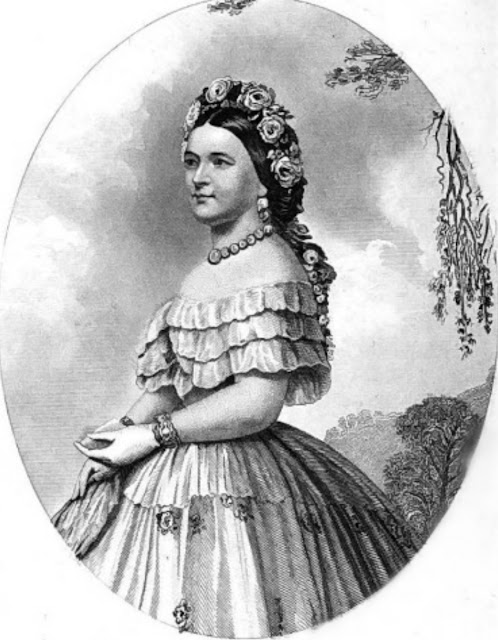On 2 May 1817 the foundation stone of the Custom House in Greenock was laid by Sir Michael Shaw Stewart. A large procession of members of the different masonic lodges, magistrates, and important people of the town as well as “a very numerous assemblage of the inhabitants” met in the Mid Kirk. After a “most excellent and appropriate” sermon by the Reverend Robert Steele, Grand Chaplain, the procession moved to the site of the building where there were bands playing “the King’s Anthem”.
 |
| Greenock Custom House |
After a prayer, the Grand Secretary read the following inscription from a plate which was also to be placed in the foundations:-
By the favour of Almighty God
The Foundation of this Building erected by Government
For a Custom House and Excise Office
Was laid upon the 2nd day of May In the year of our Lord 1817
Of the Era of Masonry 5817
And in the 57th year of the reign of our Most Gracious Sovereign George III
By Sir Michael Shaw Stewart Bart Provincial Grand Master of Renfrew and Dumbarton Shires
In presence of Quintin Leitch and Robert Ewing, Esquires Magistrates
And the other Members of the Town Council of Greenock
William Burn, Architect. William Spottiswoode, Superintendent
D Mathieson, A McFarlane and G Dempster, Contractors
Which undertaking may the Supreme God prosper.
 |
| From Caledonian Mercury 1817 |
It must have been a wonderful occasion and it is a credit to the architect and builders that Greenock’s Custom House is still standing and is one of the most striking structures in the town.





.JPG)

.JPG)